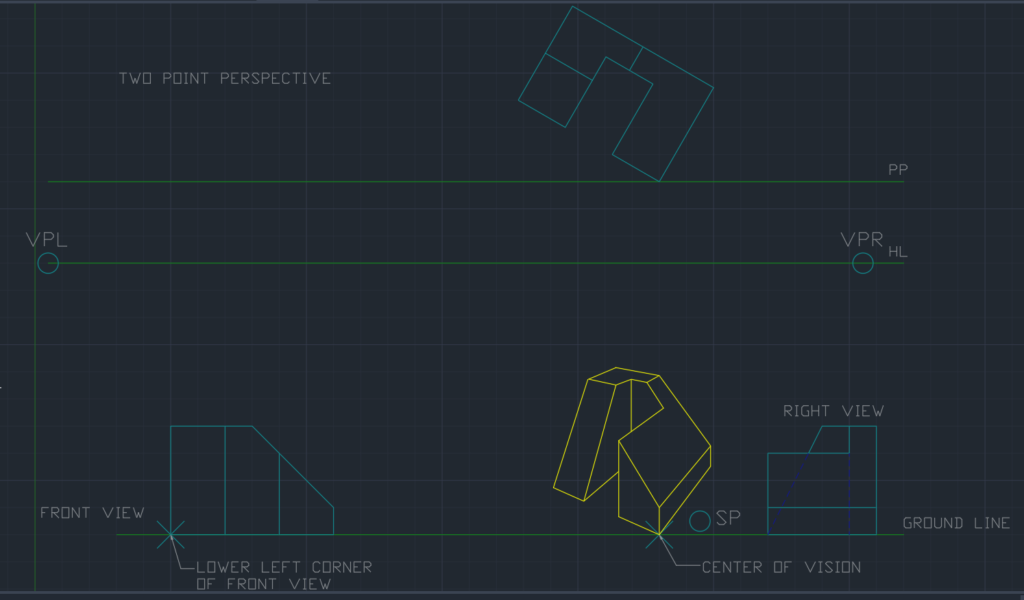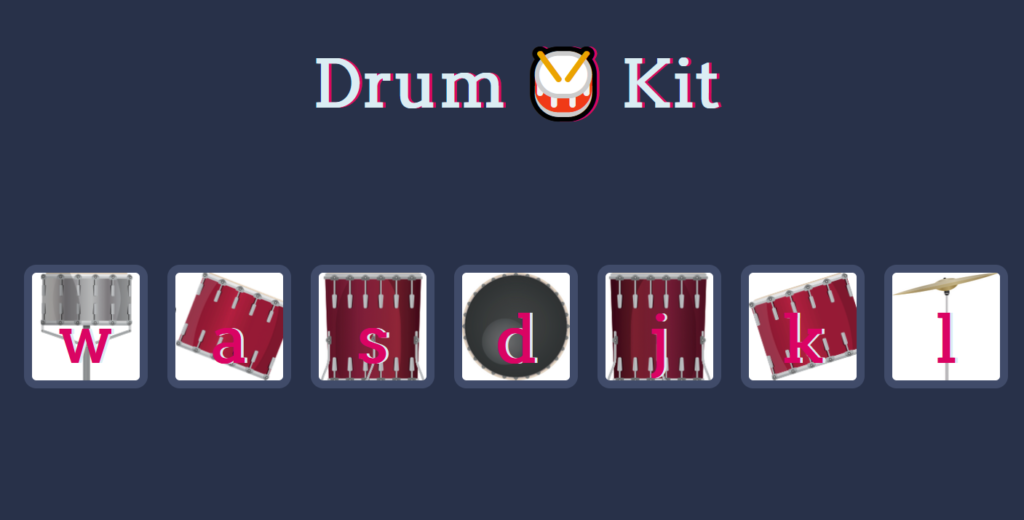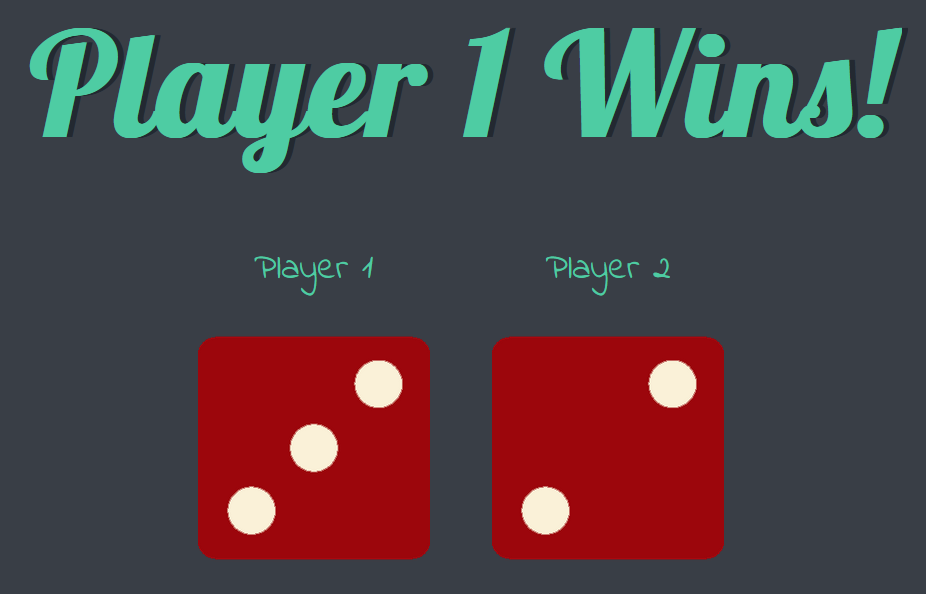Various Activities of Late
It’s been a bit since I really just wrote out a regular blog post so I thought it would be prudent to do so, mostly just touching on some of the stuff I’ve been doing or thinking about recently. I’ll just break things up a bit into some sections, for easy skimming/ignoring.
Old Writing
Every so often, I get this weird bug to just delete all of my old posts and start fresh and the old content all sucks and blah blah blah. Then that never really works out as hoped and I kind of miss having all the old content hanging around and I drag some of it back. Well, I’m currently in the “Dragging it all back” stage of things. Part of this is also part of my ongoing organizing of all of the shit I’ve written over the years.
I tend to get frequent “Project ADHD”. By the end of this blog post, that will definitely be very clear, but every time I have started to organize all of my old writings, or I just start a new method without pulling in old stuff, I’ve left a blob of “to get to” files. This applies to things not JUST writing, but the writing is particularly bad. I’ve got some that only show up in my blog archive hosted internally on my network. I have some files buried in “to sort” folders on a storage blob somewhere. I have several different folders in my own personal archive sorted using different methods.
These span different formats from Text to WordPress DBs to Doc files to even some old files I couldn’t open (I’ll touch on this in a bit). I’ve been converting it all to the new format, which basically falls into two major categories. i am sure I have said it about previous organizing attempts, but THIS is the way.
This is decidedly the way going forward. It’s been the way I WANTED to do things for a while, I just, wasn’t motivated enough to do it. The two over arching categories essentially amount to “Journal Entries” and “Structured documents”. Sorted into my One Drive Documents (for backup) as Journal and Documents. The Documents is sorted down into Reviews, by topic (video games, toys, etc), Original Fiction, Fan Fiction, Essays, and School. I’ll get to the School bit in a later section. The others are a bit more self explanatory, but generally, these are “longer form structured writing”.
Journal is everything else. This post, is being written into Journal, in a file called “2023.03.22 – On Recent Activities.md”, though that may not end up being the blog post title. This is the way. Everything starts in the Journal, with a date in the filename, because file system dates are incredibly unreliable, and then gets posted elsewhere, sometimes.
Ok, not everything starts there. Some of the Journal Entry documents start as Joplin Notes from my phone, because I’m not near a PC. Or they start as Reddit comments that end up going on long that I want to keep a note of later, where they get copy/pasted into One note, and later turned into Journal files. But, it is the ultimate repository.
I’ve been diligently converting old files to this format. Part of why I don’t just stick everything in there is that reviews often contain images, and the simple file format requirement of Markdown makes images a pain. Yes, Markdown can do images, but it’s much simpler in a Word Document. The issue in the past was that could mean I can’t open those Word Documents anymore in the future, but keeping things in One Drive helps stop that from being a problem, since everything these days is connected, and I have confidence that Microsoft will keep my documents up to date.
School Documents and Old Documents
Which brings me to the school documents. And as I said, “Documents that can no longer be opened”. A lot of my super old documents from the 90s, are in a Microsoft Works format, WKS or WPS. Word can’t open these. Notepad can sort of open them but they don’t have a proper format to them at all.
So I’ve collected these files up and spun up a Windows XP Virtual Machine. Thanks to Archive,org, I can get a copy of Microsoft Works from the 90s. I wanted to go really pure on the experience and run a Windows 98 VM, but I couldn’t get it to recognize the CD drive ISO to install Works, so Windows XP it was.

Fortunately, Works can save out .DOC files. They are Word 97 Doc files, and modern Word throws up a warning about them, but it can open them, and they are properly formatted, so that’s the goal. I also snagged an old copy of Microsoft Publisher from archive.org, to do the same with some ancient Publisher files. The modern Publisher Reader available online literally says “These files are too old and can’t be opened” when I tried that route. I also had some old CAD files, though those were able to be opened by the modern Autodesk Viewer. I kept the files, but I also did a bunch of print screens on each one to preserve them in an easier to view format.
I don’t really know why I need all of these old files, but file storage is cheap and they don’t take up a lot of space.
Lameazoid Rebuild
I started off with this as the first topic but rambled off into other areas, so I’ve moved it down here. As part of my organizing, I’ve been republishing, with, approximate original dates, a LOT of old content to Lameazoid.com. I pushed up like 100 old Video Game reviews. I have a few more movie and book write ups I’ve done on deck to do next. I am going to dig into old Toy content next, but I think there is less of that missing than other content.
Some of them are kind of trash they are so old, but honestly, despite calling them “reviews”, they are more just a “write up and record of my thoughts on whatever”. They are just, “Fancy journal entries with pictures”.
It’s all mostly for my reference.
Also, several of them are literal jokes. The Zero Wing review is written entirely in “broken English” like the Zero Wing game uses. I actually scrapped it, but I wrote a review of Morrowind once that was actually just bitching about how shitty the game’s performance was and all of the images were from Counter Strike, not Morrowind. Several are just an excuse to throw a bunch of funny screenshots on a webpage surrounded by text.
Things I WANT to Do
I also have a small list of things I want to do, that I’ve been mostly just, collecting resources for these potential projects. I’ve been increasingly looking into building some sort of simple games. Specifically, games for the NES or PICO-8. Throwing back to my “archive all the old things” writing above, I once made a Breakout Clone in Pico 8 on one my my CHIP computers but I can’t find it anywhere. And yes, I checked on the CHIP boards. It may still just be buried somewhere, I’ve actually found at least one large document project I had started on while sorting old files.
I also really want to do some Solo RPGs. This has been a bit of a growing trend I think online, or maybe I am just seeing it more since I gained some interest in it. A lot of these seem to amount to “Dice based story writing”, which is fine. I’ve actually done one or two of them, though a least one I decided was not for me and archived it off. I have a huge pile of Solo RPGs available through some ITCH.io bundles I’ve bought. I actually plan to blog about these once I do some that seem worth blogging about.
Things I Want to Do…. But I’m Not Doing Them
Just for the sake of throwing it out there, I also have other things I WANT to do that I have not been doing at all. I have a nice sketchbook that’s been sitting on a shelf nearby collecting dust because I really want to start drawing again. I used to draw a LOT but I have not at all, in years.
I still really want to learn to play the Piano, which I sort of started doing back in 2020 for a few months. But since then, the keyboard has just say dormant, next to my PC, as a silent reminder that I should be learning to play it.
I also still want to start cycling. I really need some sort of actual exercise outlet. I actually have an ok road bike I got a deal on at an auction, back in like, 2015 or something. I’ve ridden it like, twice, ever. I really need to get a proper helmet first. Which has been my excuse for not doing it. Another part of my hang up has always been that looking into online communities for cycling, it’s a group that is full of snobs, and that’s a huge fucking turn off. If you aren’t riding some $2000+ super bike then you’re completely wasting time and WILL get killed when it shatters into a zillion pieces after 3 rides. Like yo, you’re driving away anyone just trying to get into a new hobby.
Josh Miller aka “Ramen Junkie”. I write about my various hobbies here. Mostly coding, photography, and music. Sometimes I just write about life in general. I also post sometimes about toy collecting and video games at Lameazoid.com.

